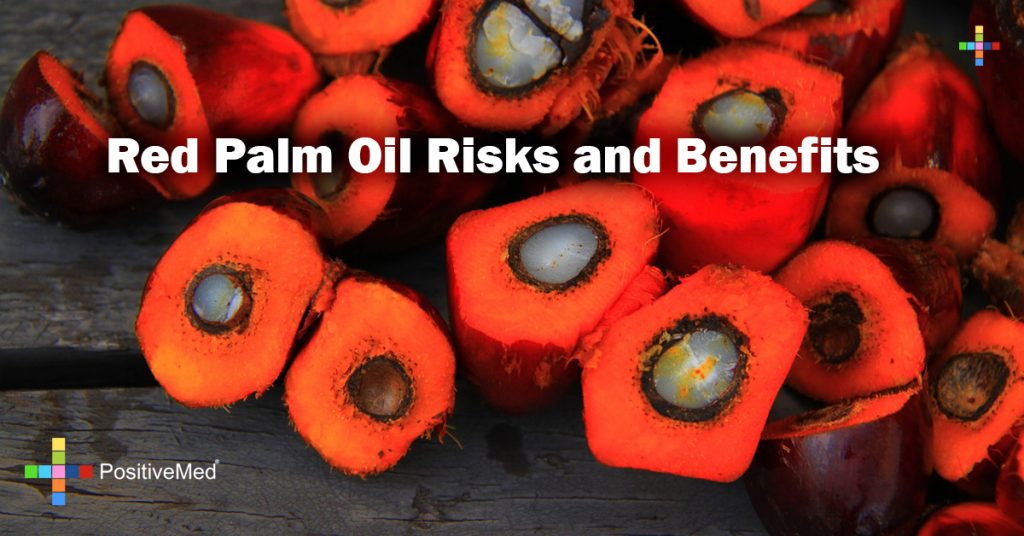
Red Palm Oil Risks and Benefits
Red palm oil is processed from a fruit of the African oil palm and is a primary cooking ingredient in many African countries. The fruit is comparable to the size of a grape and is typically a dark red-orange color. Red palm oil is made from the pulp and oil of the African oil palm fruit and is widely used for its nutritional value. Red palm is rich in the micronutrient palmolein, which can affect how the liver breaks down sugar. Many advocates of this oil claim that food created with it can reduce a person’s body fat by as much as 27%.
Red palm oil doesn’t contain trans-fatty acids and remains stable at low to medium temperature cooking. It also contains linolenic acid, which is an omega-six fatty acid, as well as vitamin A in the form of carotene, over twenty types of carotenoids, in fact, including lycopene, vitamin K, and two types of vitamin E. Also included in red palm oil are phytosterols, phenolic acids, squalene, CoQ10 (which is good for heart health, but may cause weight gain), flavonoids, and glycolipids.
A note of caution, this oil has a saturated fat content of 50%, so if you’re attempting to avoid saturated fat in your diet, limit intake of this oil. One tablespoon of red palm oil contains 6.7g of saturated fat, 13.6g of total fat, and 120 calories.

It is not recommended to use red palm oil in recipes that call for temperatures higher than 450 degrees.
According to the American Palm Oil Council, red palm oil has been a staple of many diets for over 5000 years. This cooking ingredient was originally used in tropical regions of Africa as a cooking additive and, some say, as the primary medicinal treatment for quite a few illnesses. It is also reported that pregnant women were urged to consume the oil to ensure the birth of a healthy baby. Today, African oil palm is still grown in Africa, though it is also found in Asia and many regions of South America.
Some sources claim red palm oil reduces hardening of the arteries, high cholesterol, and blood clotting, as well as increasing ventricular dilation. These effects may prevent heart attacks and strokes. It is also reported to contain chemoprotective effects, especially if breast cancer cells are present.
Apart from these possible health benefits, the intake and application of red palm oil is reportedly perfect for a variety of skin conditions. For skin, it can heal old scars, even ones from acne or stretch marks – this is probably due to the high vitamin E and vitamin A content. As red palm oil is unrefined, the nutrient value is higher.
The application of it on the face can reduce signs of aging, leaving skin looking fresh. Before retiring to bed, apply this oil and leave it overnight to repair damaged skin. However, as it is a darker oil,rub it in thoroughly and it may be a good idea to use old pillow cases those nights. Those with psoriasis or eczema may also feel relief from their symptoms by using this oil.





